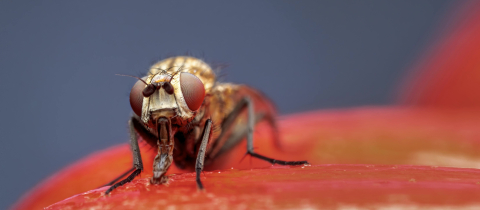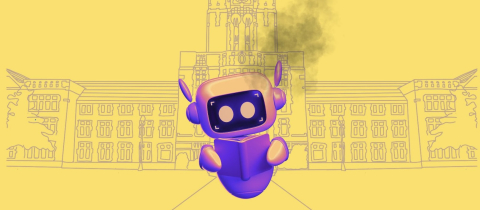Fake nails come in two major varieties: acrylic and gel. Even this distinction, though, creates an element of confusion since both of these systems actually use acrylic products. All fake nail systems require certain compounds: monomers which, when activated by an initiator molecule, combine to form polymers, as well as catalysts to make the reaction go faster. If you’ve ever had fake nails (or seen someone else’s) you know that they’re pretty strong and durable, a feat all the more impressive when you realize they’re basically hardened goop.
What we call acrylic nails are created using a liquid and powder system. The powder is a mixture of polymers that carry the initiator molecules (often benzoyl peroxide which activates with body heat), and other things like pigments. The liquid contains the monomers that need to combine into polymers in order for the nails to ‘set’. These monomers are commonly ethyl methacrylate (EMA), though they used to be methyl methacrylate (MMA) before it was banned for damaging nail beds and causing finger damage!
The initiator molecules break apart with heat, creating free radicals that can energize the EMA monomers to combine and form long chains. These polymer chains wrap around the bead-like polymers from the powder, hardening and creating the strong fake nails. The ratio of powder to liquid used has a huge impact on the quality of the nail created, as you ideally want a homogenous distribution of polymers, which is only achieved when the powder and liquid are mixed in approximately equal proportions. This sounds pretty easy to do until you remember that nail technicians only have a few seconds after mixing these until they harden.
Enter gel nails, the low-odour, non-time-sensitive solution to acrylic nails. First invented in the 1980’s, these variations on fake nails use the basic chemistry of their acrylic forefathers with a few variations.
First, instead of EMA, they often use as their monomer urethane acrylate methacrylate (UAMA) (hence why calling gel nails “non-acrylic” is a misnomer). Second, to surpass the time sensitive nature of heat-activated initiators, they use a photo-activated initiator. These initiators absorb UV light from the little lamps you stick your hand into and use this energy to polymerize the monomers and set the nails. This means that the nail technician can keep reshaping the nails until light is applied. This polymerization reaction isn’t quite as effective as the heat-activated one, though, so some of the monomers are pre-connected into what are called oligomers.
Gel nails have risen steeply in popularity for use in salons or at home due to their simpler application. Regardless of how you form the nails though, the last steps are almost always to buff off any bumps and paint them, a fun colour or not, before inevitably breaking one of them trying to open a pop can.
Want to engage with this content? Comment on this article on our Facebook Page!







